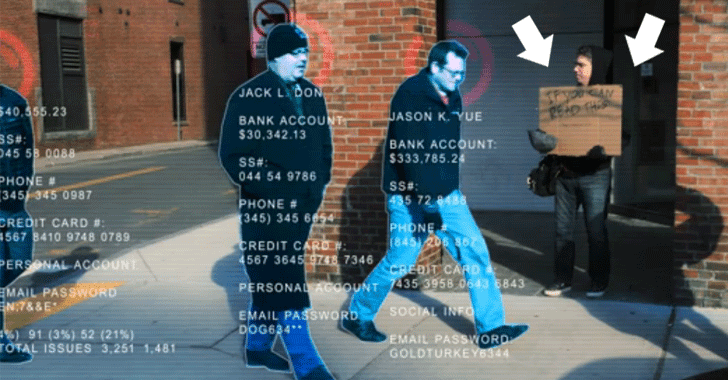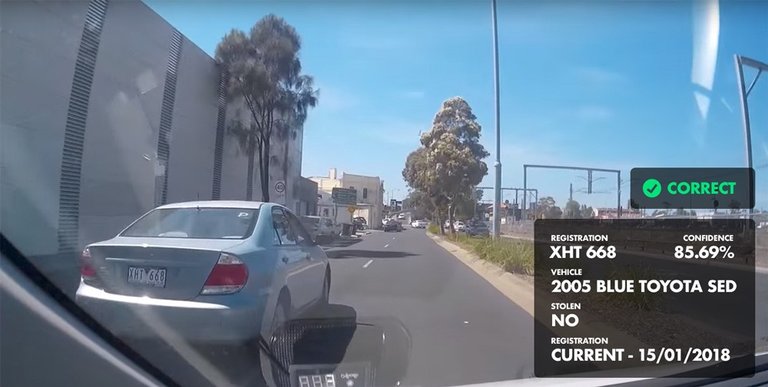
The magic of Open Source
The open source technology has grown amazingly massive in the past decade. It has become what none of us has expected in the early days of computer and software services. You can find a good open source project for almost any type of technology/project. There are projects ranging from openCV, hadoop, elasticsearch to django and plotly. But some people might argue there's a catch to it. And it is true in some cases. Some open source projects are not very well maintained over the period of time. And that is purely because of the essence of open source. A developer only contributes to open source with passion and might not be available every time to maintain a project. After all, he is getting no money out of it. And here's where commercial software comes into picture. It is developed by job-bound and focused developers for a single cause. And this is a huge benefit in the case of project maintenance. But it does not mean that you will get the best solution for your problem. You may receive the continuous integration and support, but what's all it worth if the solution is not nearly good?
Another question to ask yourself is are you paying the right amount for the value you'r e getting. Well, this is certainly not the case in the government's latest outsource project worth $86 MILLION.
The project
In Victoria, Australia, the police has over 16k pending cases for stolen vehicles at a cost of approximately $170 million. The police is reaching out to some techy-solutions to solve this problem. There is already a vicroads web based service to help check the status of vehicle registrations. The department has also invested in a stationary license plate scanner - a fixed tripod camera which scans passing traffic to automatically identify stolen vehicles.
Now, the Victoria police has recently rolled out trial of a device for the same purpose, but with a vehicle-mount device. The device will enable police to identify stolen vehicle on-the-go. The project itself cost $86 Million to the government, just to fit around 220 devices, costing approx $390k per vehicle.
How can you do it?
Well, you can use a Raspberry pi with a Raspi camera, mounted on your car dash. This cam will take images, which will be fed into to processing software on your pi. The software on pi will query the registration checking portal and display the status with results. Sounds simple? Yes, it is.
There is an awesome library called openalpr. However, to check for the registration status, you will have to do some web scraping since there's no public api available.
This technique was used by Tait Brown and depicted in this medium article. The results were great, although not just perfect.

What about the $86,000,000 ?
A lot of questions are raised after the solution we have just seen, both in the administration as well as software service domains. Why is the government paying such a huge amount just for this? Indeed this solution is naive but however complex the optimal solution may be, this amount is simply HUGE. Sure, you can add cloud based training and whatnot; but ~$400k is just way too much.
The best way to find yourself is to lose yourself in the service of others.
- Mahatma Gandhi
It's the best thing a human can do :)
very cool
Thanks! :)
Congratulations @thehackweb! You have received a personal award!
Click on the badge to view your Board of Honor.
Congratulations @thehackweb! You received a personal award!
You can view your badges on your Steem Board and compare to others on the Steem Ranking
Vote for @Steemitboard as a witness to get one more award and increased upvotes!